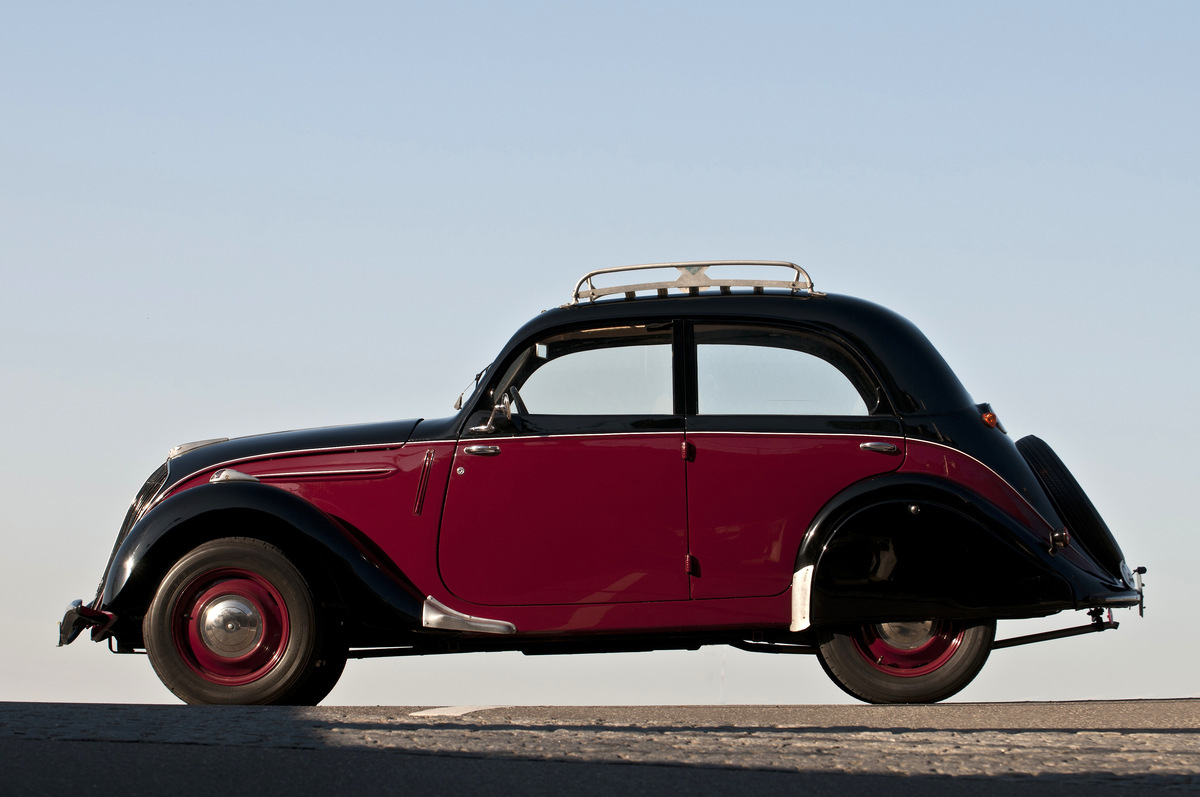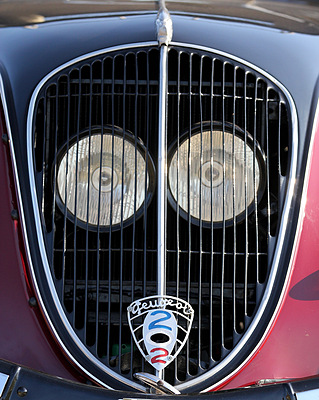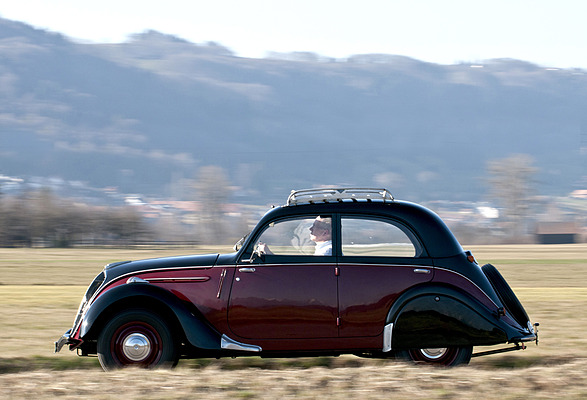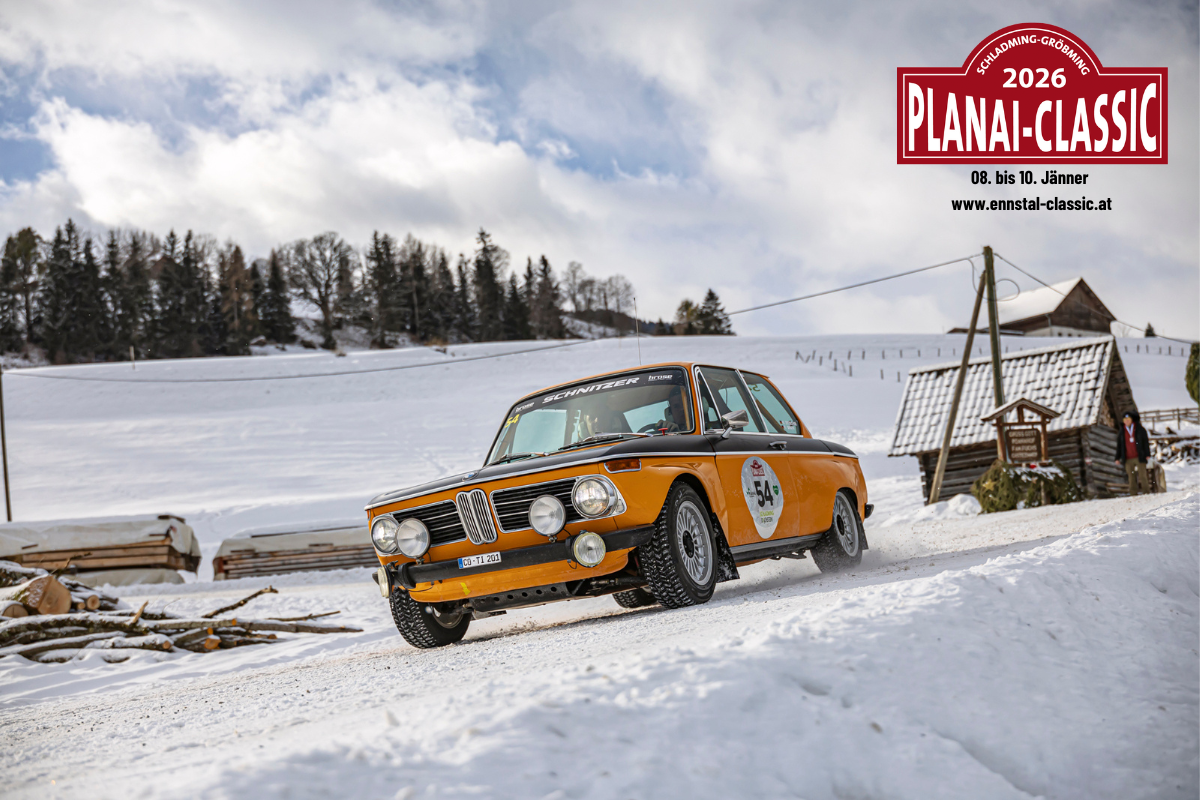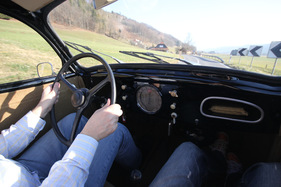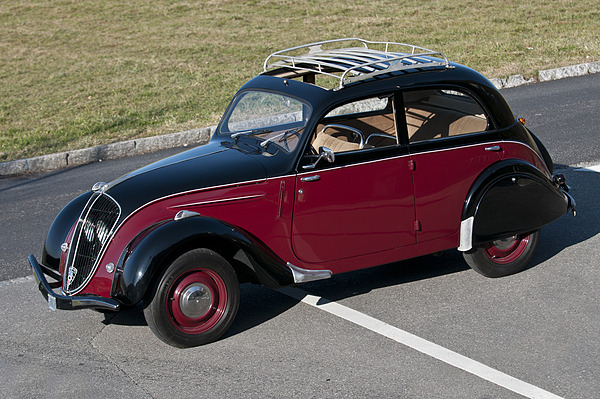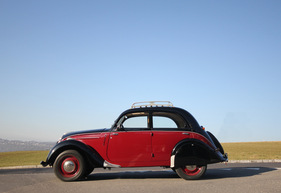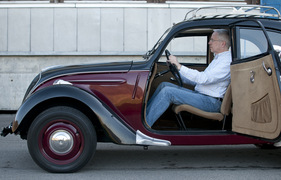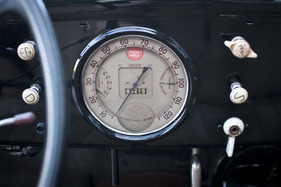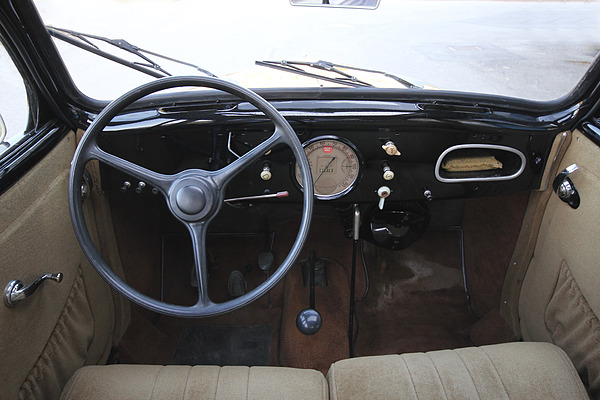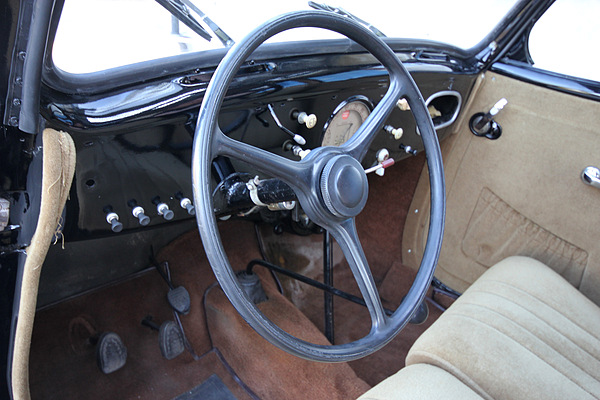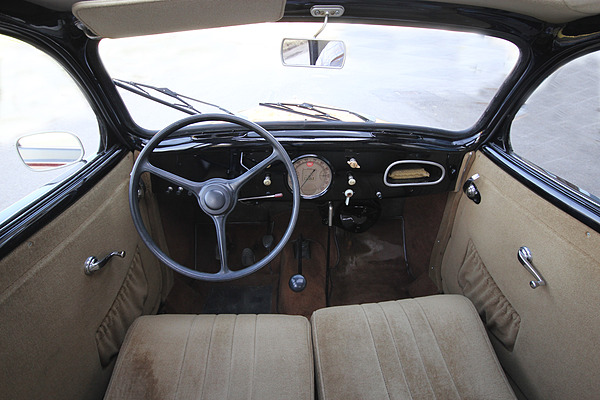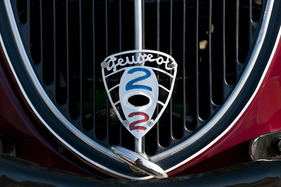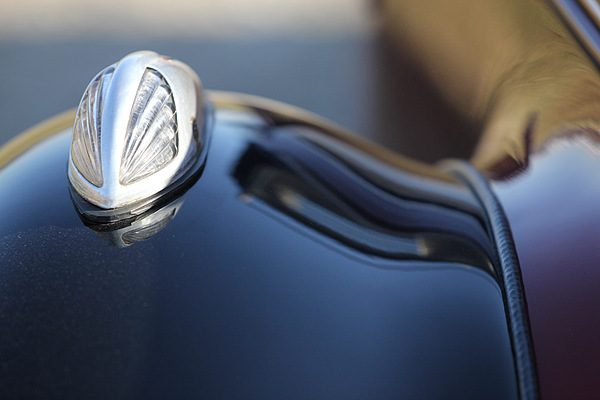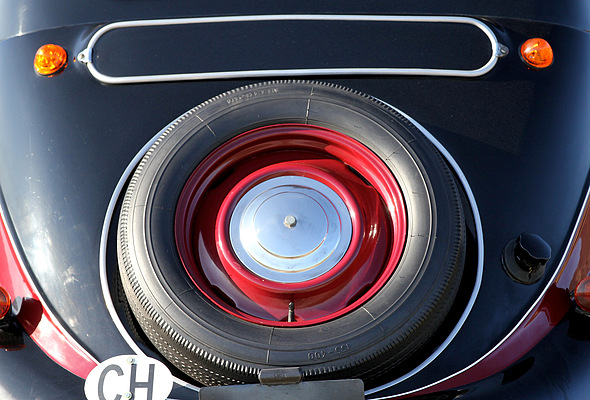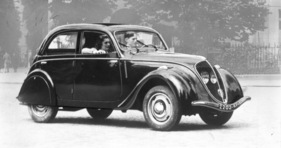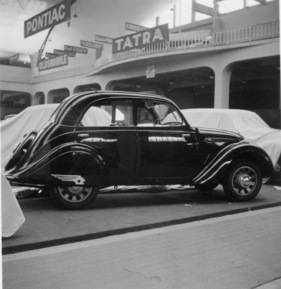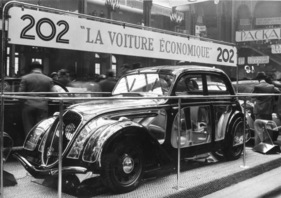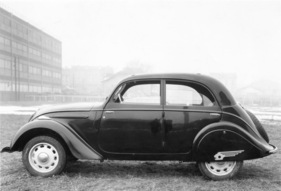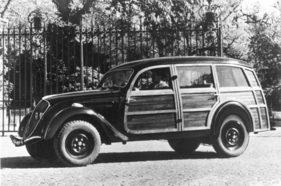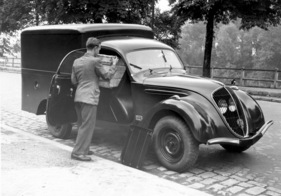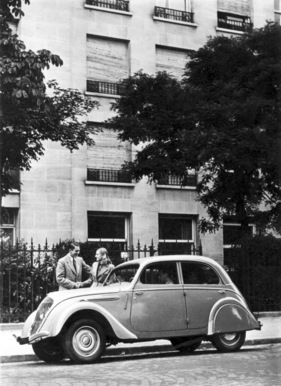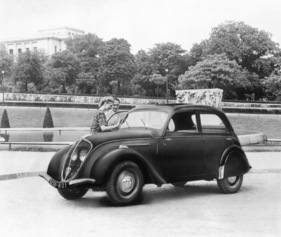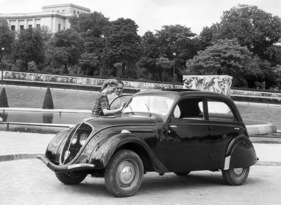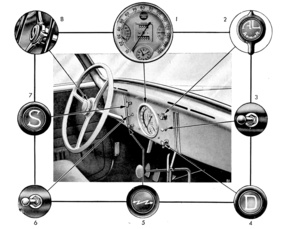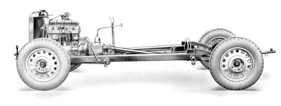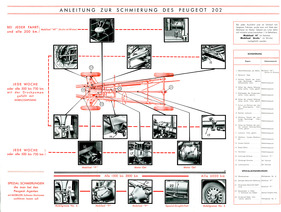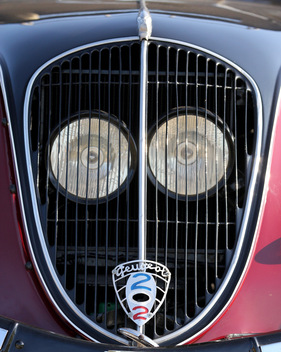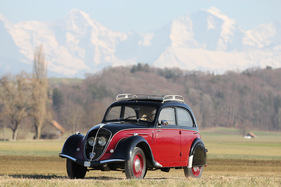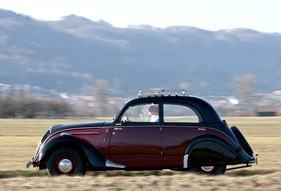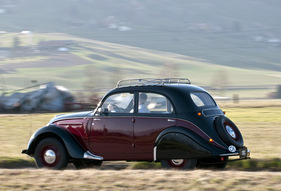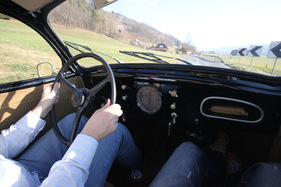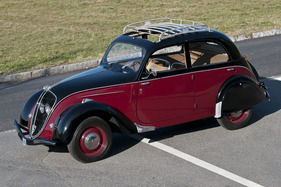Peugeot 202 - frugal Frenchman with veiled eyes
Summary
Between 1938 and 1948/49, Peugeot built a good 100,000 Type 202 vehicles, equipped with a 1.1-liter front engine and rear-wheel drive. Available in various configurations (saloon, convertible saloon, convertible, estate), the cars enjoyed great popularity. This report looks at the technology and history of the little French car and portrays an example, supplemented by archive photos, sales brochures, sound samples and a handbook.
This article contains the following chapters
- Born just before the Second World War
- Conventional approaches
- Through the war with charcoal and charcoal semolina
- Different variants
- Ten years in production
- Easy to drive?
- Self-experiment
- Between Beetle and Olympia
- Further information
Estimated reading time: 5min
Preview (beginning of the article)
The Peugeot 202 was special neither because of its technology nor its basic architecture. What was unique were the lamps hidden behind the radiator grille, which made the small car from Paris highly recognizable. In April 1938, Peugeot launched a modern successor to the 201 model. Designed for four people and some luggage, the car was primarily intended to impress with its energy efficiency and as a multi-purpose vehicle. Peugeot did not take any technical risks with the 202. A box frame chassis with a wheelbase of 2.45 meters formed the basis for the all-steel body. A four-cylinder engine with a triple-bearing crankshaft and overhead valves produced 30 hp from a displacement of 1,133 cm3, which was transmitted to the rear wheels via a three-speed gearbox. The wheels were individually suspended at the front and mounted on a rigid axle at the rear.
Continue reading this article for free?
Photos of this article

